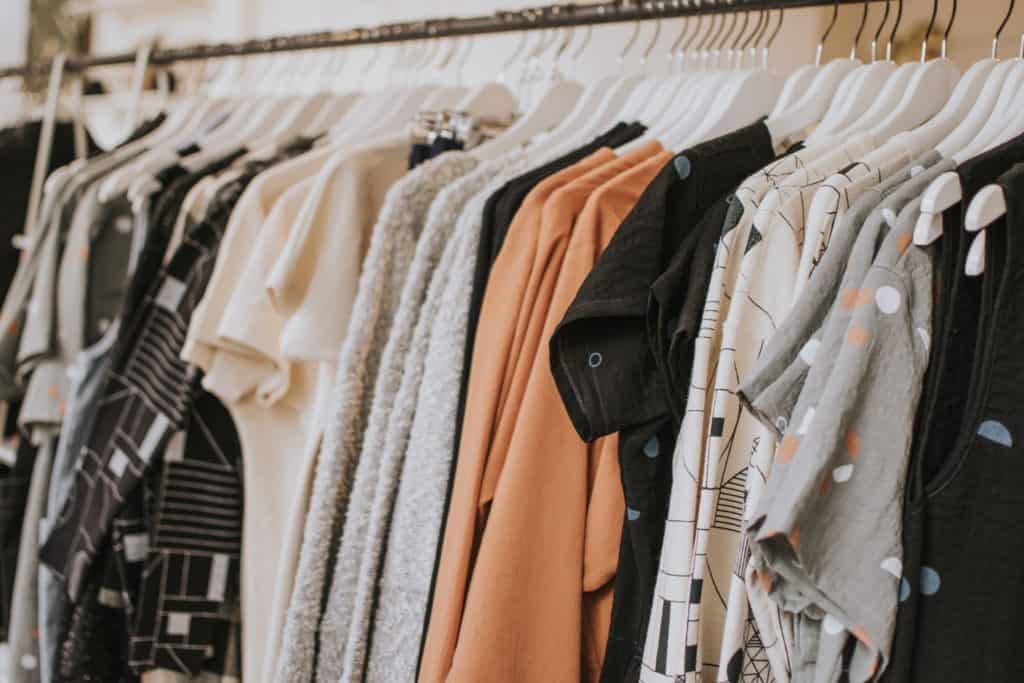Fashion & luxury brands are pushing toward faster, more frequent product drops as demands from Millennial and Gen Z consumers continue to grow. Unsold inventory, however, is becoming an increasing problem. It not only creates potential PR nightmares – such as the backlash from Burberry burning $37 million worth of products - but also affects the overall profitability of a company. H&M, for example, reported a decrease in operating products of 62% in three months (sending its shares to their lowest closing price in over 13 years) while sitting on $4.3 billion worth of inventory.
Samples, play a critical role in building hype and creating demand for new products thereby reducing the risk of unsold inventory. Brands like street-wear aficionados, Supreme, notoriously build buzz around their releases, leading their collections to sell-out every time, with fans standing in line for hours to purchase items. By previewing pieces from collections via influencers, publications, and other media outlets, samples can help brands increase PR opportunities by creating a certain aura of exclusivity around launches. This leads to maximized sales, and more importantly, a reduction in the chance of there being leftover or unsold inventory. With this being such an impertinent issue in the fashion and luxury industry, its essential that brands look to reduce this product loss, not only to maximize sales but also to reduce their overall waste impact.
Here are three ways sample management can help create demand, maximize sales opportunities and cut product loss.
Upload products to e-commerce sites faster
With fashion moving at a rapid pace and the increasing popularity of fast-fashion heightening, brands are releasing more capsule collections than seasonal collections. When each new product drops, samples need to be shot in looks that are then used for e-commerce sites, advertisements, in-store signage and more. Unfortunately, missing samples can delay this process and cause far-reaching consequences - including lost sales.
“Every day we spend trying to find one sample represents up to 1000€ in lost sales because products are not available for purchase on our website,” said a VP of Operations at a global fashion brand. And, it’s not just one product that’s affected; missing one piece, a pair of shoes, for example, affects production times for every product associated with that look.
Strong sample management workflows can help you maximize sales opportunities by reducing delays in e-commerce chains. When samples are located quickly, photoshoots run on time, allowing product layover and visual merchandising images to arrive with the post-production and e-commerce teams on schedule. This means no potential selling days are lost due to delays in production and more time can be spent focused on the campaign launch.
Increase awareness through Media & Retail Partners
It’s not just e-commerce teams that depend on samples arriving on time. Retail partners, media publications and influencers who are coordinating their own photoshoots can be significantly impacted by late samples. If samples don’t arrive at a media publication on time, a replacement product may be featured instead, resulting in a missed editorial opportunity. Retail partners who have to reschedule photoshoots also miss sales opportunities when product pages are not live on time, and if delays are frequent, it could ultimately damage your relationships.
Having a process in place helps to ensure details are not overlooked - whether it’s which pieces need to be shipped by which date, locations of where samples need to be sent when samples are expected to be returned, etc. In fact, a European retailer was able to fulfill 30% more sample requests while reducing the number of samples pulled from stock simply by coordinating sample requests more effectively.
Planning reservations, and following up on late returns in a timely manner, allows brands to fulfill more requests and make strategic decisions. The result is greater demand for new collections which can also reduce the likelihood of high amounts of unsold inventory.
Limit the number of lost or missing samples
With the frequency that samples are sent to various internal and external locations, it can be easy to lose track of their current location. A common scenario teams struggle with, is when five samples are sent to a publication or retail partner but only four are returned on time. Sample managers may remember to follow up with their contacts a day or a week later but two months down the road it’s completely forgotten.
Missing samples not only lead to missed sales or PR opportunities but contribute to both productivity and profitability loss. We’ve found that brands who face an average of 5-15% sample loss throughout their organization can lose up to $3.5M each year, depending on the price of their products.
Proper sample management increases visibility throughout the organization, allowing teams to promptly follow up on late returns and reduce the likelihood of lost or missing samples. As a result, all samples are used to their maximum potential in order to generate demand and increase sales.

